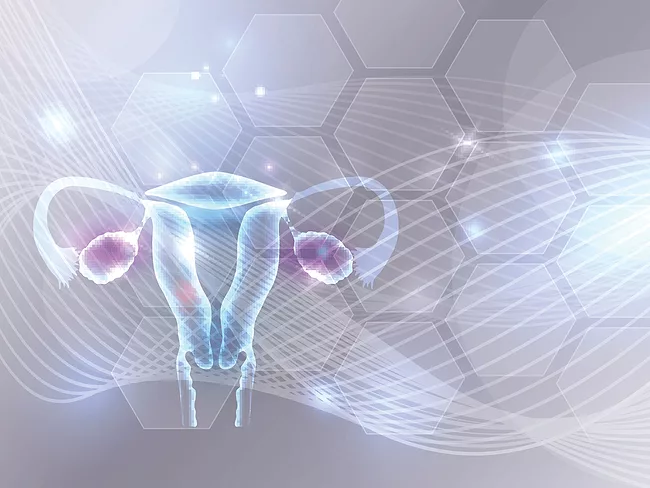
Conferences, BioWorld Science
Endocrine/metabolic
Research shows d3-T has testosterone benefits without estradiol conversion
Read MoreGenitourinary/sexual function
ARV-110 ameliorates metabolic and renal impairment in polycystic ovary syndrome
Read MoreEndocrine/metabolic






